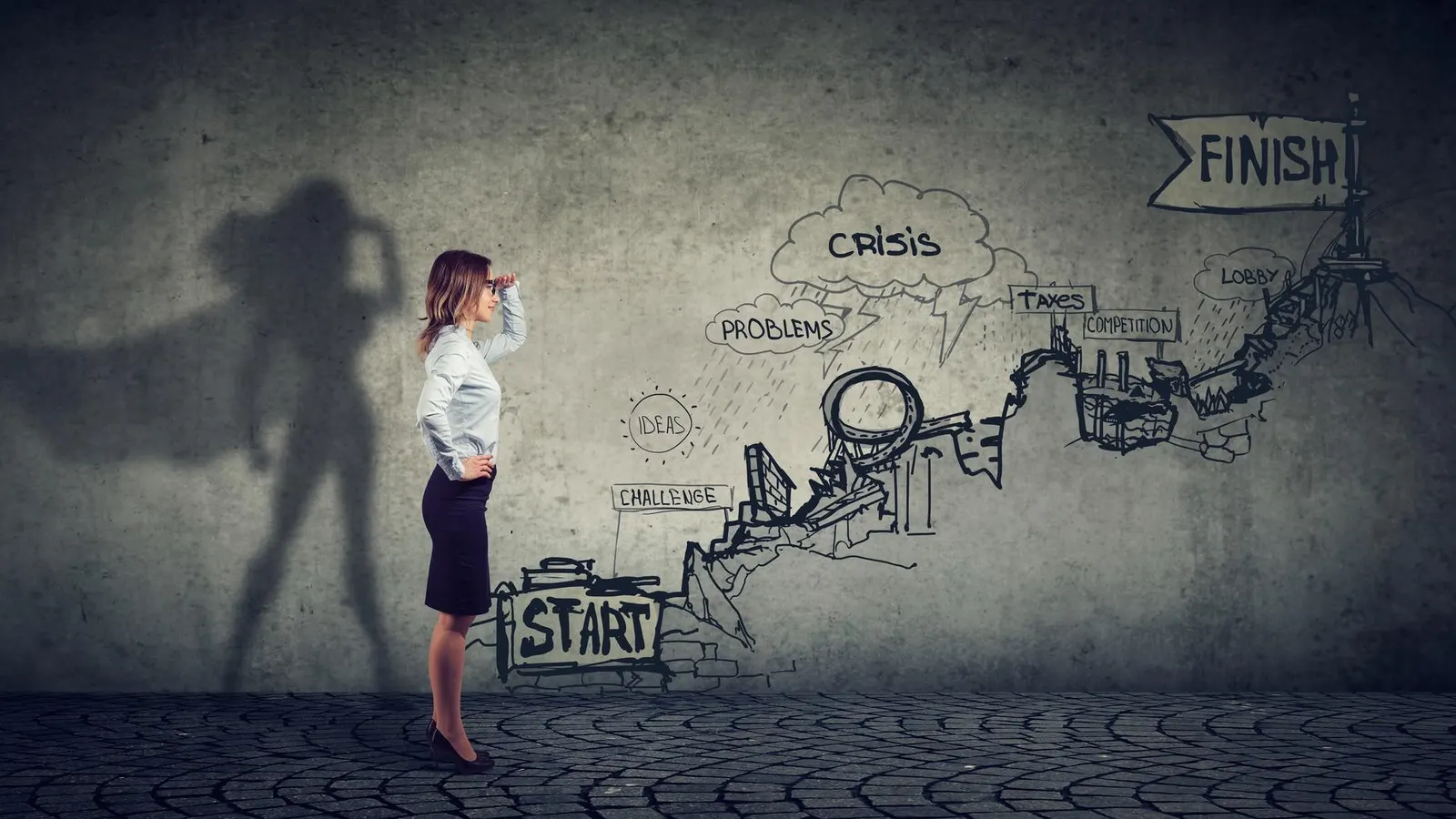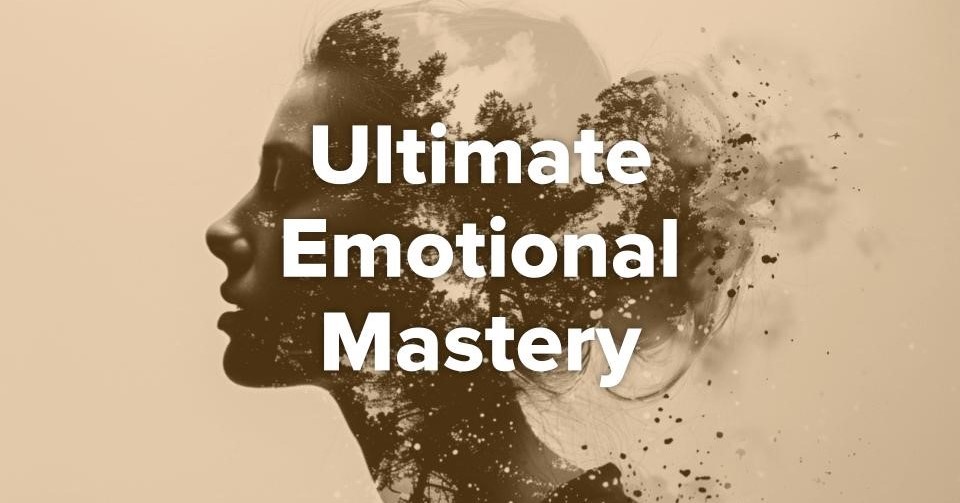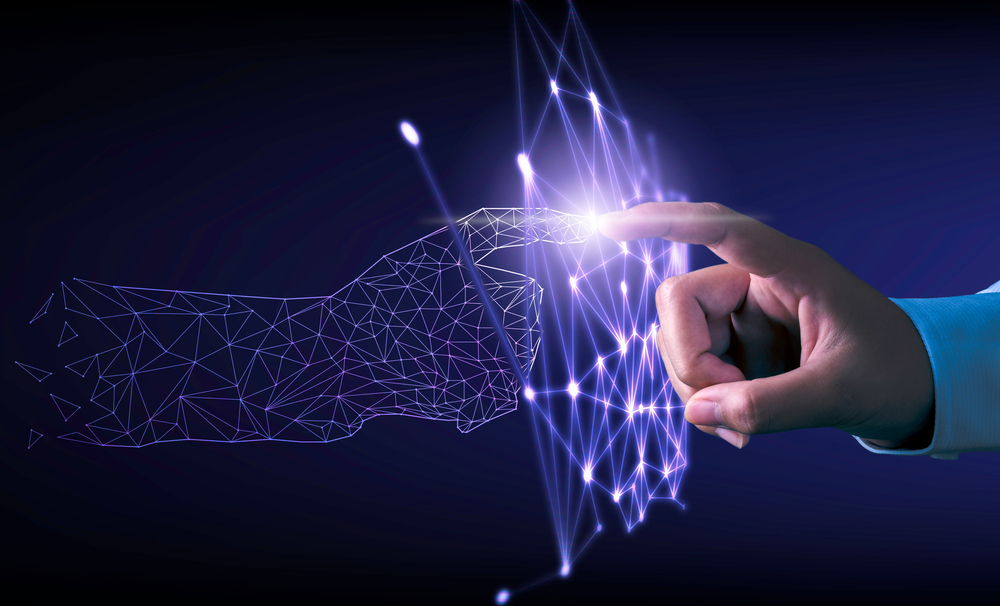
AI in Human Resources: The Robot That Hired You Might Also Be Your Best Work Buddy
Welcome to the AI-Powered Workplace
Remember the days when hiring meant stacks of resumes, endless interviews, and gut-feeling decisions; when HR teams spent hours manually sorting applications, onboarding new hires, and handling employee complaints?
Well, AI just walked into the HR department — and it’s already making things smarter, faster, and way less chaotic.
AI in HR isn’t about replacing humans with robots in suits - although, let’s be real, that might be entertaining). Instead, it’s about enhancing the way companies attract, hire, train, and engage talent, without drowning HR teams in paperwork.
So, let’s dive into how AI is revolutionizing Human Resources and what it means for the future of work.
-
AI-Powered Hiring: Finding the Best Talent - Without Losing Your Sanity
Hiring is both an art and a science—but let’s be honest, sometimes it’s just chaos. Sorting through hundreds of resumes, scheduling interviews, and making the right hire without bias is no easy task.
AI-powered recruitment tools scan resumes, analyze skills, predict job fit, and even conduct first-round interviews, all before an HR manager even lifts a finger.
Unilever – AI That Hires Like a Pro
Unilever, one of the biggest consumer goods companies in the world, uses AI-powered hiring bots to:
- Screen resumes in seconds.
- Conduct AI video interviews, analyzing facial expressions, speech patterns, and enthusiasm.
- Match candidates with job roles based on personality and culture fit.
Result? 70% faster hiring process and a 30% increase in candidate diversity.
Check out these AI Tools for Smart Hiring:
- HireVue – AI video interviews with sentiment analysis.
- Pymetrics – AI-powered assessments for job matching.
AI doesn’t replace hiring managers, but rather, it eliminates the grunt work so they can focus on making the best decisions.
-
AI in Employee Onboarding: No More First-Day Nightmares
The first days at a new job can be awkward, confusing, and filled with way too many forms. AI fixes that by automating onboarding, guiding new hires through their first days, and even answering basic HR questions.
IBM’s AI Onboarding Assistant
IBM uses AI chatbots to welcome new employees, handle FAQs, and guide them through HR processes — so managers don’t have to answer, “Where do I find the WiFi password?” 20 times a day.
Result? A 50% reduction in onboarding time and higher employee satisfaction from day one.
If this is of interest to you, you might want to try out AI Tools for Onboarding, such as:
- Talmundo – AI-driven onboarding workflows.
- Enboarder – Personalized AI onboarding journeys.
AI doesn’t replace human onboarding; but it eliminates the boring parts, so managers can focus on making new hires feel at home.
- AI for Employee Engagement & Retention: Making Work Suck Less
AI isn’t just about hiring, it’s also helping companies keep their best employees happy.
By analyzing work patterns, productivity, and even employee sentiment, AI can predict when employees might be disengaged or thinking about quitting.
Microsoft’s AI Employee Insights
Microsoft uses AI to:
- Analyze email & meeting habits to detect burnout.
- Predict which employees need engagement boosts before they feel frustrated.
- Give managers insights into team well-being without creepy micromanagement.
Result? Lower turnover rates and happier, more engaged teams.
If this is an area of interest to you, these AI Tools for Employee Engagement are worth assessing:
- Workday AI – Employee sentiment & productivity tracking.
- Glint – AI-driven employee feedback & well-being analysis.
AI can’t make bad jobs better, but it helps managers see problems before employees walk out.
-
AI for Training & Upskilling: Your Personal AI Coach
AI-powered training isn’t just about watching outdated HR videos in a conference room. It’s personalized, engaging, and adapts to each employee’s skill level.
Walmart’s AI & VR Training
Walmart uses AI-powered VR training to teach employees:
- How to handle Black Friday chaos (yes, seriously).
- How to respond to emergency situations.
- How to improve customer service skills.
Result? Employees learn 30% faster and retain information better than traditional training.
Popular AI Tools for Employee Training include:
- Coursera AI – Personalized learning paths for employees.
- EdCast – AI-powered training content for upskilling teams.
AI doesn’t replace training, it makes it smarter, faster, and actually useful.
-
AI in HR Analytics: Making HR a Data-Driven Powerhouse
Forget gut feelings. HR decisions are now data-driven thanks to AI-powered workforce analytics.
Google’s People Analytics
Google uses AI to:
- Predict which employees are at risk of leaving.
- Optimize work environments for maximum productivity.
- Determine the best leadership styles based on team behavior.
Result? Higher employee satisfaction and lower turnover rates.
Suggested AI Tools for HR Analytics include:
- Visier – AI-powered workforce analytics.
- Peakon – Employee feedback & performance tracking.
AI makes HR smarter, not just more automated.
AI in HR Isn’t About Robots Taking Over — It’s About People First!
AI in Human Resources isn’t about replacing humans, it’s about helping HR teams focus on what actually matters: finding great talent, keeping employees happy, and creating a workplace where people thrive.
HR teams that embrace AI will attract better talent, improve workplace culture, and boost productivity.
HR teams that ignore AI? Well…they’ll still be buried in resumes, wondering why their best employees keep leaving.








